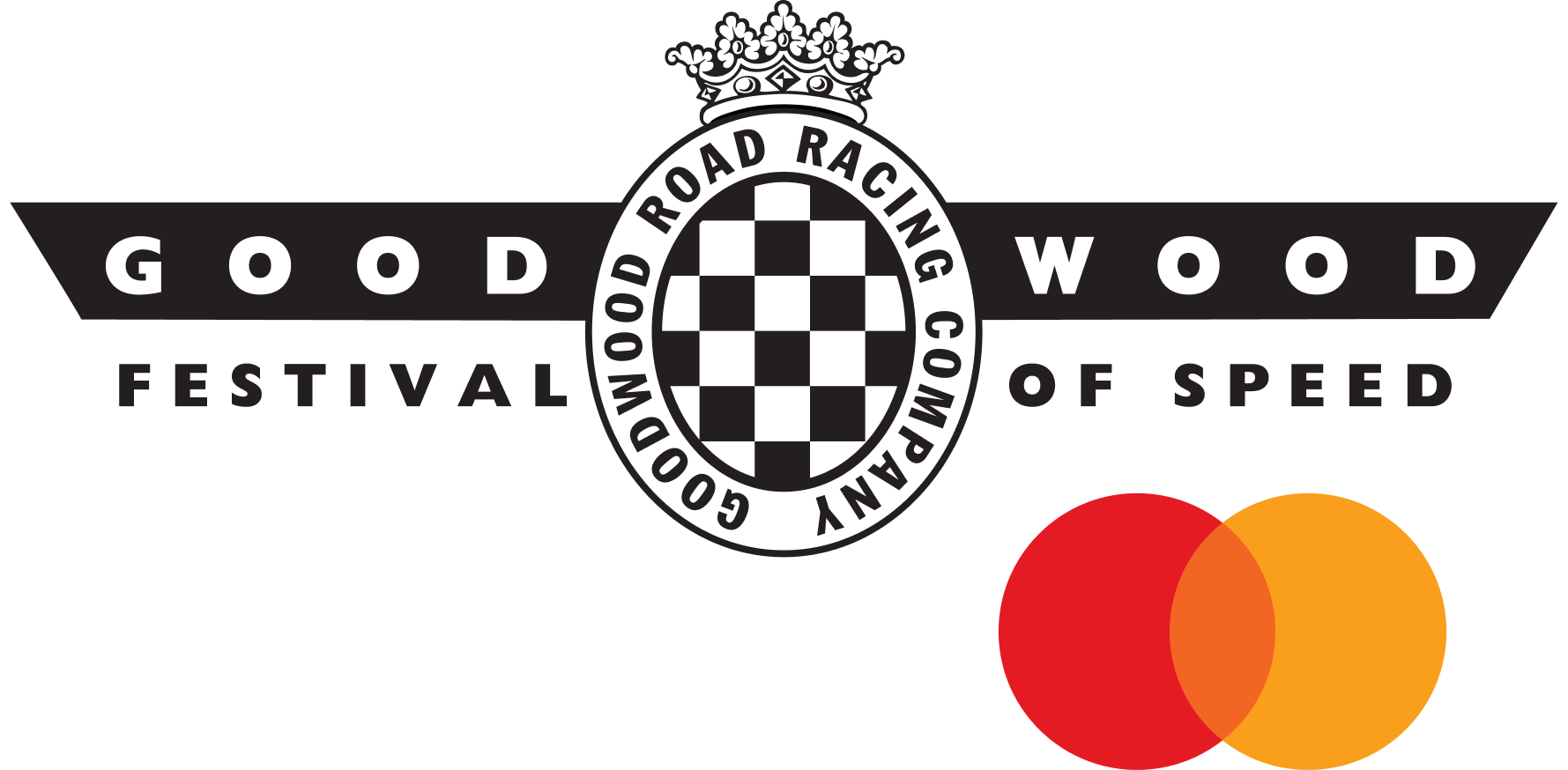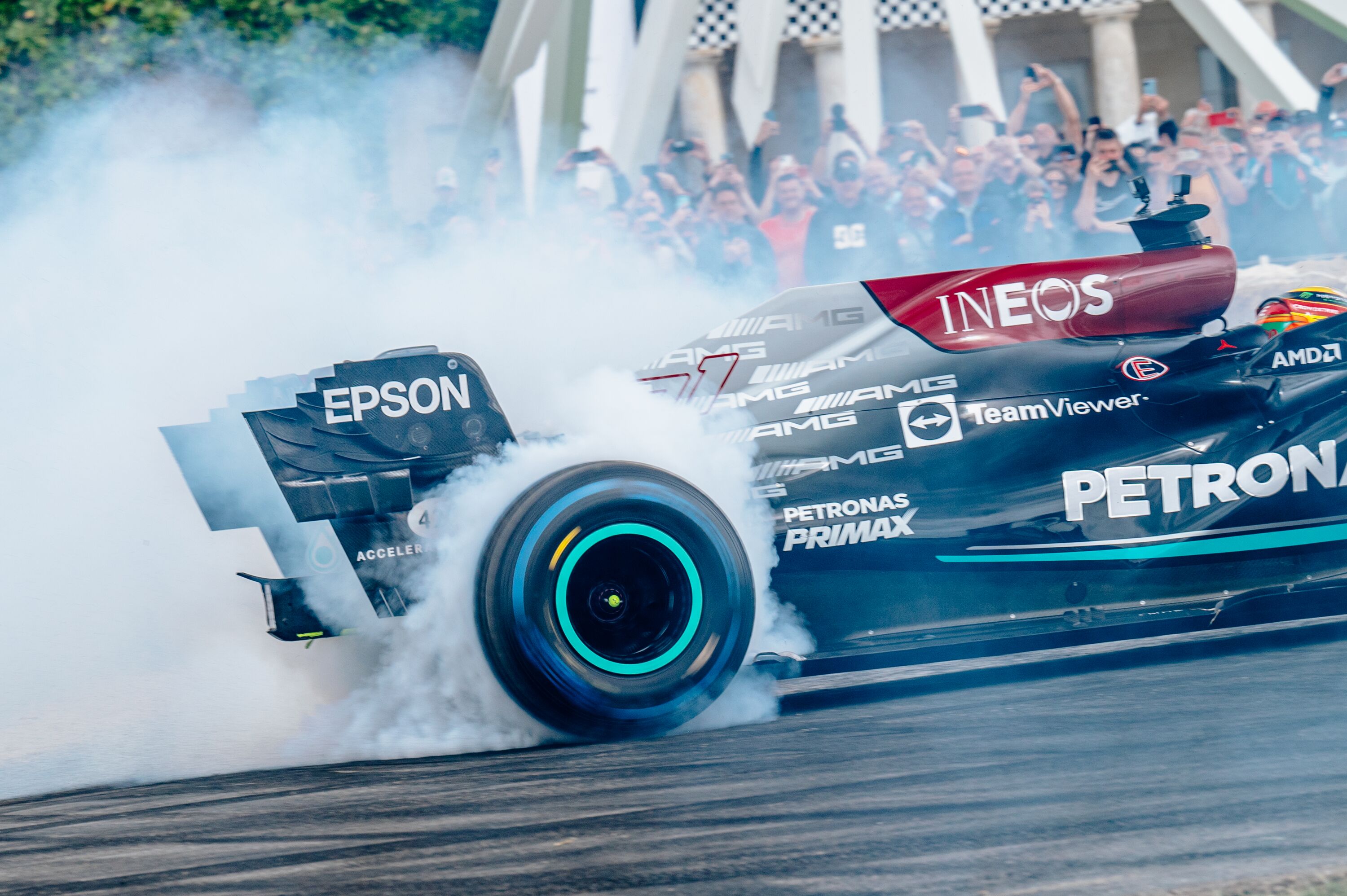The eight best Lamborghini concepts
If any company blurs the line between fantastical concept and showroom model it is Lamborghini. The Sant’Agata Bolognese firm’s first car was a concept model and ever since it has pushed the envelope with ever more fantastical efforts which don’t always remain in the realms of the impossible.

Lamborghini 350 GTV – 1963
The offhand treatment tractor magnate Ferruccio Lamborghini felt he had received at the hands of Enzo Ferrari compelled him to create a rival to the Prancing Horse just 20 miles away from Maranello. Unsurprisingly most of the Charging Bull’s new team were ex-ferrari including chief engineer Gianpaolo Dallara, test driver Bob Wallace and engine builder Giotto Bizzarrini. The latter, with his eyes on Formula 1 designed a screamer of a 3.5-litre V12 with peak power at 8,000rpm, aggressive valve timing, six carburettors and a dry-sump lubrication system.
The application Lamborghini had in mind was more of a gentleman’s express and he commissioned Franco Scaglione to design a Grand Tourer with echoes of the Aston Martin DB4 and Jaguar E-type. Shark-nosed with hidden headlights, expansive glazing and six tailpipes, the 350 GTV certainly made an impact at the 1963 Turin Auto Show. Sadly, it was discovered during the assembly process that the engine wouldn’t fit so the front end was weighted with bricks and the bonnet kept closed throughout the show. Lacking brakes, pedals and wipers the 350 GTV was never intended as anything more than a show car but in the 1980s was sold by Lamborghini and turned into a running prototype.

Lamborghini Flying Star II – 1966
The 350 GTV morphed into the production 400 GT with a toned down Bizzarrini V12 (which would stay in production until 2010 and the last of the Murcielago line) and unfortunately less elegant styling. It wasn’t long however until a concept based on the production model emerged, a grand tourer with a twist courtesy of Carrozzeria Touring Superleggera.
The name referred to the famed series of pre-war ‘Flying Star’ roadsters which had been built on Isotta Fraschini and Alfa Romeo chassis. The last design by Touring until its revival in 2006, the Flying Star II was a low, shooting brake style grand tourer with two doors and just two seats. Based on a shorted Lamborghini 400GT chassis it shared the production car’s 3.9-litre V12, five-speed transmission and all round disc brakes and independent suspension.

Lamborghini Marzal – 1967
Another Lamborghini presented to the public with bricks under its bonnet, the Marzal was never intended as anything other than a showstopper with Ferruccio Lamborghini stating: “If you present a car like the Marzal at automobile shows such as Geneva, Turin, and Frankfurt all the magazines report on the first page about it.” Clearly accomplished at milking the attention, after its 1967 Geneva Motor Show debut the Marzal was driven by Prince Rainier III of Monaco accompanied by Princess Grace on the parade lap for that year’s Monaco Grand Prix.
Powered by a rear-mounted straight-six which was effectively half of the company’s V12 the Maezal was otherwise based heavily on the Miura chassis and drivetrain and styled by Marcello Gandini at Bertone. Incredibly low and lithe the Marzal featured heavy use of hexagonal motifs which Lamborghini continues to this day. Ferruccio Lamborghini was disapproving of the fully glazed doors, however, opining that women travelling in the car would have their legs ogled unnecessarily.

Lamborghini Bravo – 1974
Surprisingly not a Giorgetto Giugiaro design, the Bravo was also the work of Bertone’s Marcello Gandini and was intended to show what a replacement for the smaller Urraco could look like. Powered by a mid-mounted 3.0-litre V8, the Bravo actually served as a test mule, covering more than 150,000 miles.
The Urraco was replaced by the largely forgotten Silhouette (I’ll wait while you Google it) but many of the Bravo’s design cues would appear on the Countach which debuted the same year. The rear wheel arch line, the overall shape of the greenhouse and the sharply truncated nose and tail are all common to both cars.

Lamborghini Athon – 1980
The partnership with Bertone had been a fruitful one for Lamborghini with Gandini designing many of the company’s most dramatic models. The Athon was the first car produced after Gandini’s departure and replacement by Marc Deschamps. Designed around the Lamborghini Silhouette (which you’ve probably already forgotten) the Athon shared its mid-mounted V8 under a high, flat rear deck which broke with the Italian tradition for convertibles with gently curved rears.
The rest of the car was just as dramatic with deliberate large gaps between the doors and the sills, panoramic windscreen, grooved rear lights and inside a single-spoke steering wheel and touchscreen information panels. Coinciding with one of Lamborghini’s periodic episodes of insolvency the car was given to Bertone in lieu of payment where it languished in the company’s museum until being sold to a collector in 2011.

Lamborghini Portofino – 1987
Remember when exotic car companies were designing super saloons rather than SUVs? The Portofino was Lamborghini’s toe into those waters during its period under Chrysler’s ownership. As such the concept was based on an earlier Chrysler clay model dubbed the Navajo by in-house designer Kevin Verduyn.
Intended to symbolise the synergy between the giant Detroit-based automaker and the tiny Italian, the Portofino sported a badge which combined the Raging Bull with the Chrysler Pentastar. Built atop a stretched mid-engined Jalpa platform the Portofino boasted four seats to compete in that oh-so lucrative mid-engined family car market. All four occupants got their own Lamborghini scissor-style door, however with the entire side of the car opening up for access. It’s cab forward styling would influence a generation of Chryslers even if staff at Lamborghini referred to it as ‘the big potato’.

Lamborghini Zagato Raptor – 1996
Few styling signatures are as distinctive as Zagato’s double-bubble roof but it has rarely been seen in connection with Lamborghini. The Raptor was an attempt to create a lighter, more focused Diablo, from which it borrows its running gear. Zagato worked in partnership with Swiss skeleton bob champion Alain Wicki to create the car, which is perhaps where the obsession to save weight came from.
Bodied in carbon-fibre and ditching the Diablo VT’s traction control and ABS, but retaining its four-wheel-drive system, the Raptor also featured a stripped out interior and magnesium alloy wheels. This saved 300kg over the donor car despite a complicated entry mechanism which involved the entire canopy swinging up and forwards to gain access to the cockpit. Allegedly production ready it never made it past the concept circuit.

Lamborghini Asterion – 2014
Lamborghini’s first foray into hybridisation, the Asterion was presented to gauge public reaction to the idea of battery boosted Raging Bulls. In keeping with the theme it was named after a famous Minotaur – half man, half bull – from Greek myth. It used a mid-mounted V10 from the Huracan producing 610PS (449kW) and supplemented by 300PS (221kW) worth of electric motors on the front axle.
The Asterion was presented as a grand touring model with softer styling and more upright seating position than the then current Lamborghini production models. Despite having the power to go toe-to-toe with the Porsche 918 Spyder and McLaren P1 the Asterion was apparently never intended for production, and by the time Lamborghini was already focused on the Urus SUV which had itself appeared as a concept two years earlier.
Marzal, Bravo, Athon and Raptor images courtesy of RM Sotheby’s.
Concepts
Lamborghini
Marzal
Zagato
List
Athon
Asterion































































